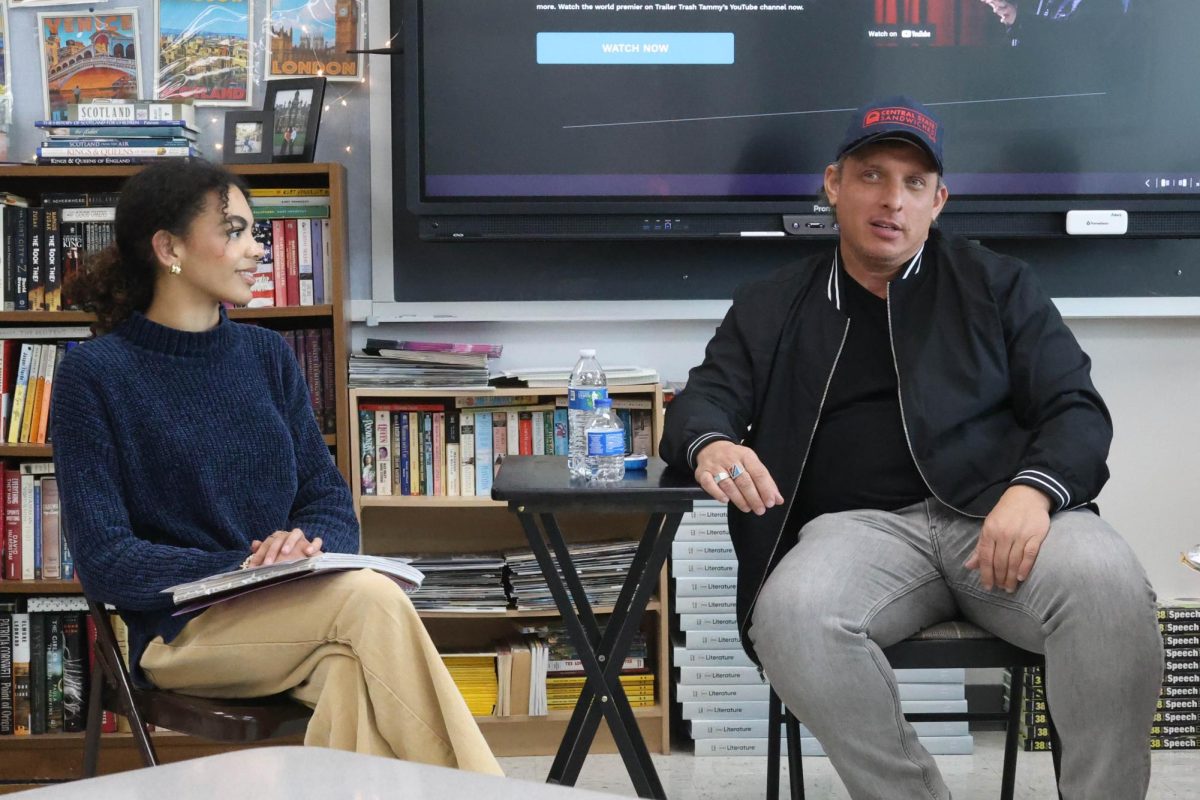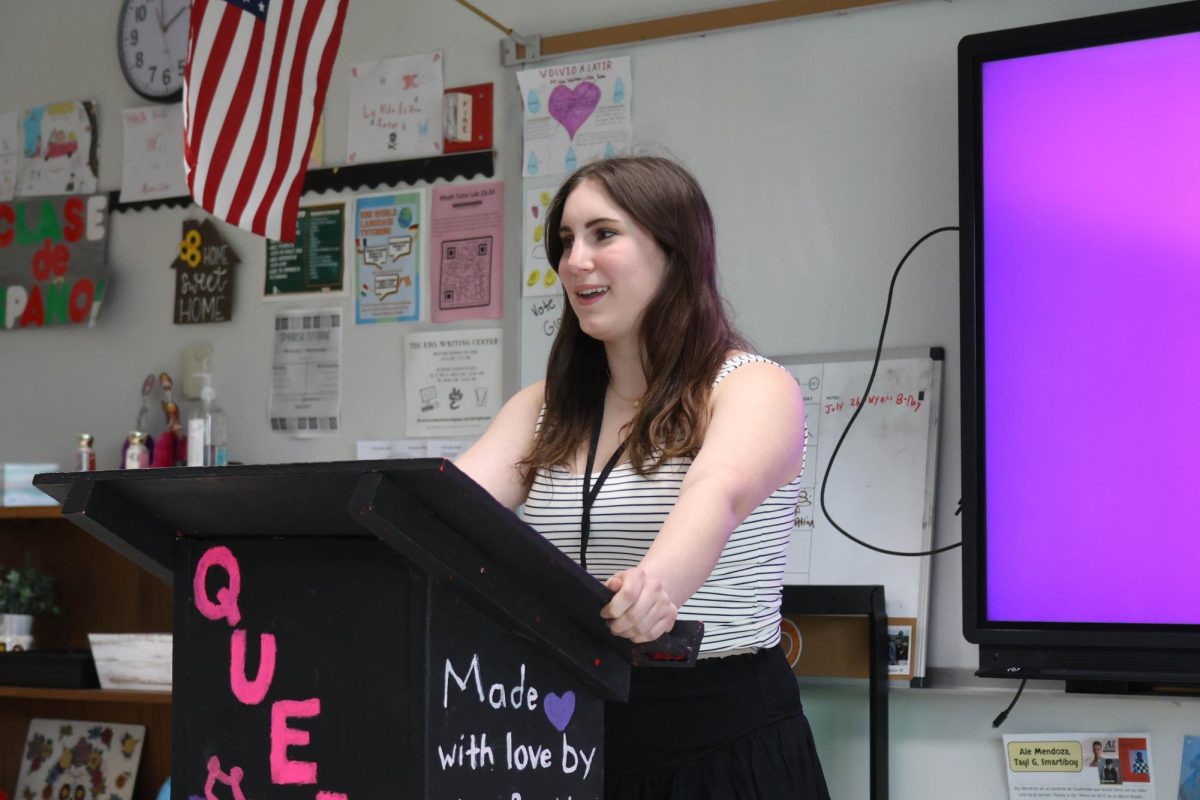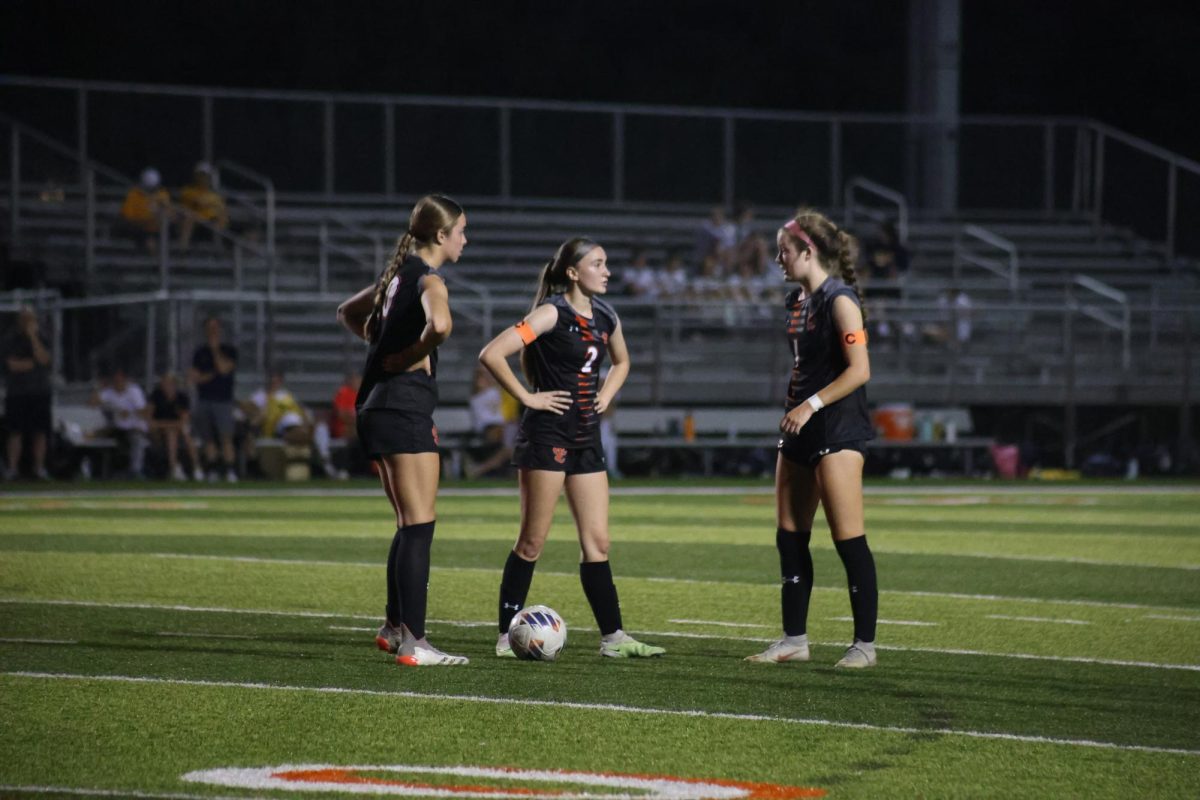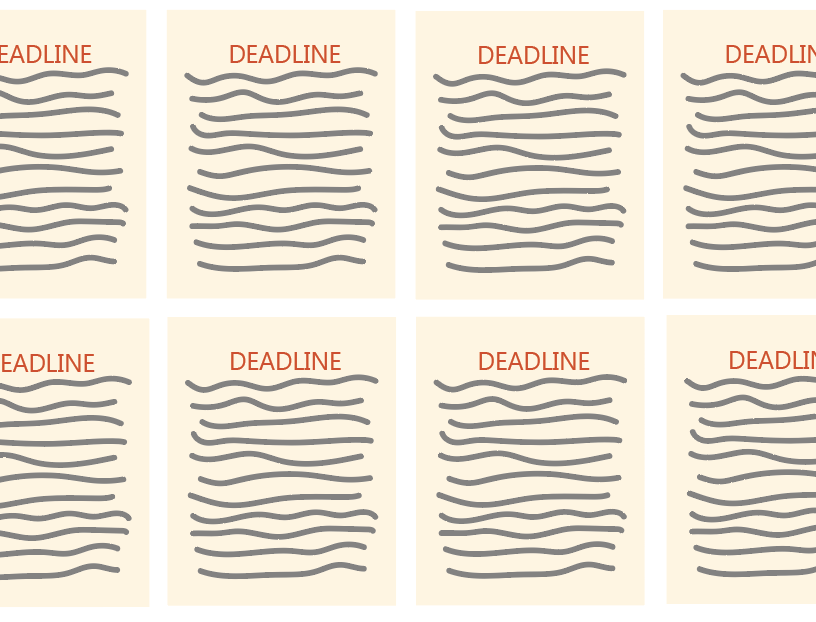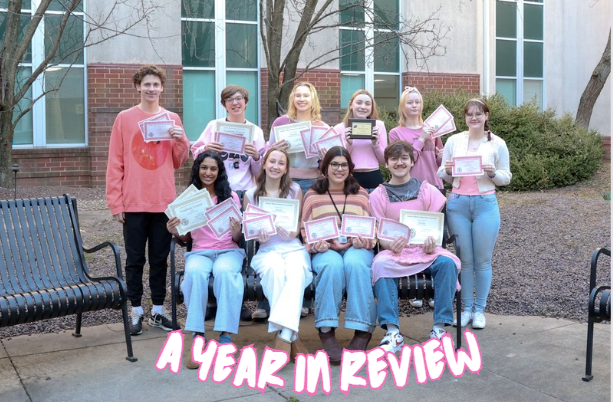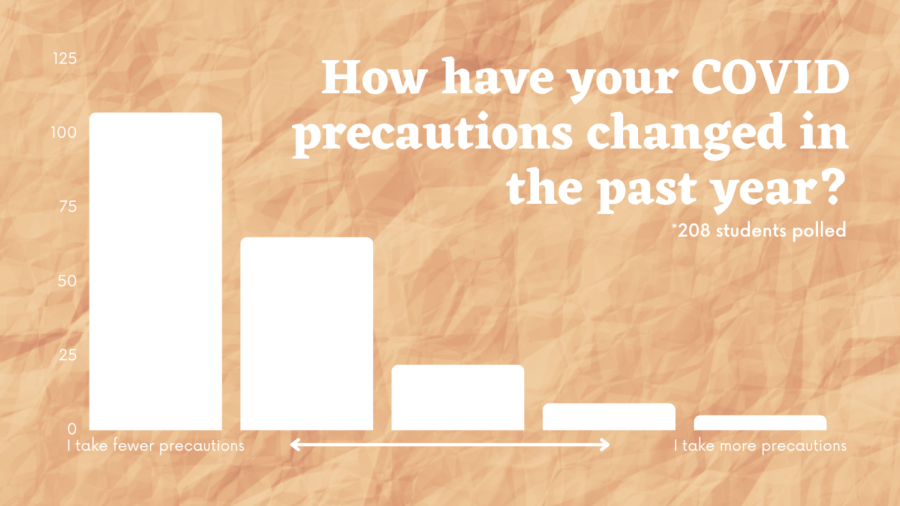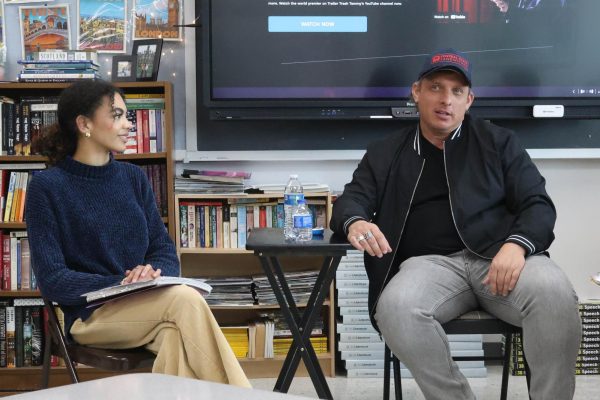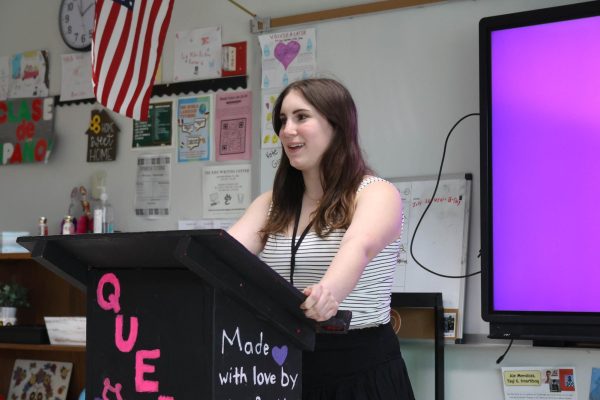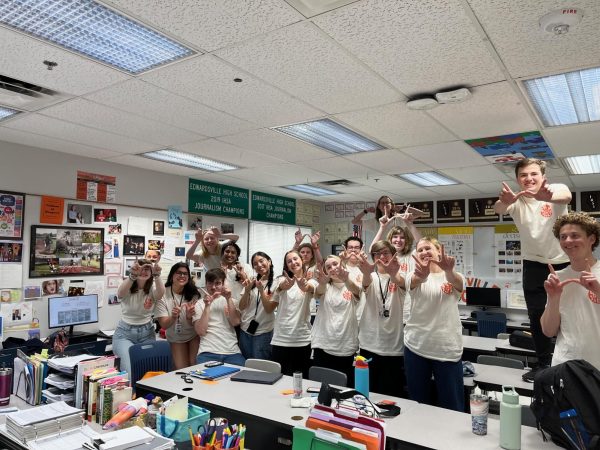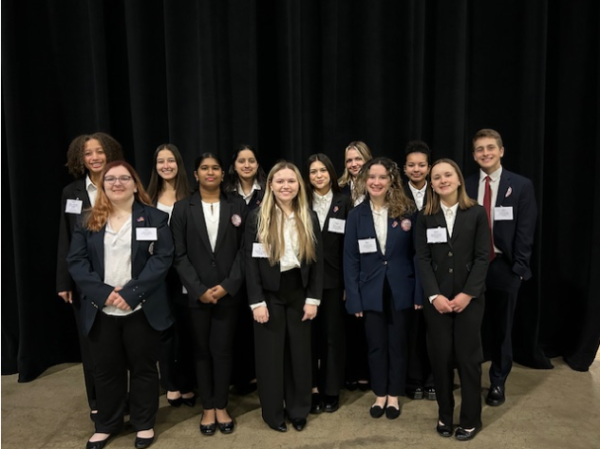End of Emergency Declarations a Final Step in Return to Normal
February 3, 2023
After nearly three years and a 2022 comment about the pandemic being “over,” the Biden administration alerted Congress Monday that COVID emergency declarations will be allowed to expire on May 11.
The national emergency and public health emergency declarations allowed the federal government to approve COVID treatments and vaccines more quickly, while also keeping the shots free for all Americans. After the declarations expire, those wishing to get a COVID vaccine will have to pay if they don’t have insurance to cover it.
The announcement comes around a year after one of the largest spikes in COVID cases, as more people are easing away from pandemic-era precautions. While cases are still occurring, with 10,924 in Illinois during the week of Jan. 22 according to the Illinois Department of Health, it’s a far smaller figure than early-2022 figures.
The decrease has many feeling less worried about COVID than they did this time last year, with 82.7% of 208 EHS students reporting that they take fewer precautions against the virus than they once did.
“When [COVID] first started, I wore masks all the time whenever I went out, and I tried to stay at home mostly,” freshman Savannah Westfall-Lemp said. “But now I don’t do any of that. I’ve learned that life is short, so I go hang out with friends and don’t really wear a mask a whole lot.”
While nearly 70% of survey respondents indicated that they had less anxiety about the pandemic, students were divided about whether or not they believed it was over.
Just 44.7% answered that they did not think the pandemic had ended, yet only 45.7% answered that it had. Of those who answered “other,” there seemed to be confusion about how the presence of COVID has changed in the past year.
“I believe it’s still around quite a bit, but it’s definitely not as bad as it was last year,” one student replied, while another asked, “Why would it be over if people are still getting it?”
The protocol surrounding COVID has shifted as case numbers decline, with much of the public — and the White House — planning to live with the virus rather than waiting for it to end. The plan for vaccinating against COVID, according to US News and World Report, has evolved from its original two-shot-plus-booster regimen to a flu-style vaccine schedule that would see people getting a shot every year to combat the most prevalent strain of the time.
While the IDPH reported 86 COVID deaths during the week of Jan. 22, life has “mostly returned to normal” Westfall-Lemp said. 66.2% of those surveyed said they only wear masks where it’s required of them, or they never wear them at all, and this school year has seen COVID restrictions all but disappear from EHS in a nation-wide trend of moving beyond the pandemic.
In a statement on Jan. 30, the WHO acknowledged that the world is much more prepared to deal with COVID than at this time last year in the midst of the Omicron variant, but urged countries to “stay vigilant” and warned that leaving behind precautions too quickly could once again allow the virus to get out of hand.
“While eliminating this virus from human and animal reservoirs is highly unlikely,” the statement reads, “Mitigation of its devastating impact on morbidity and mortality is achievable and should continue to be a prioritized goal.”


